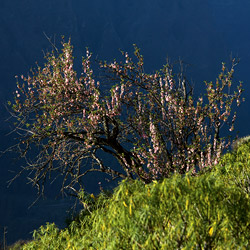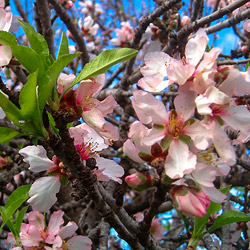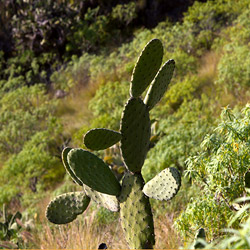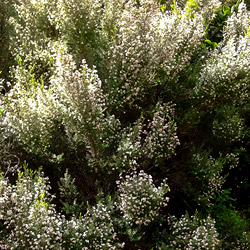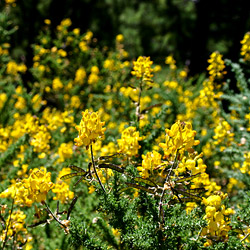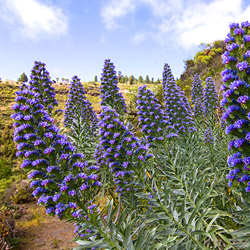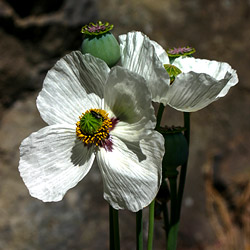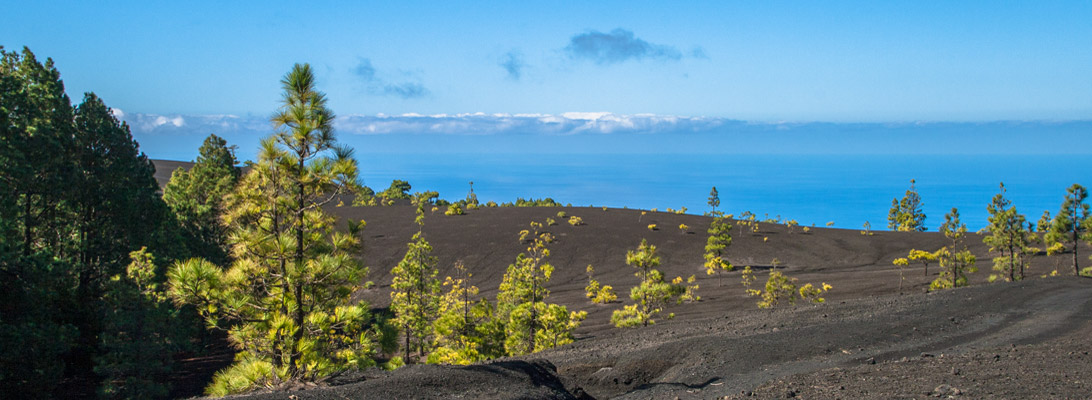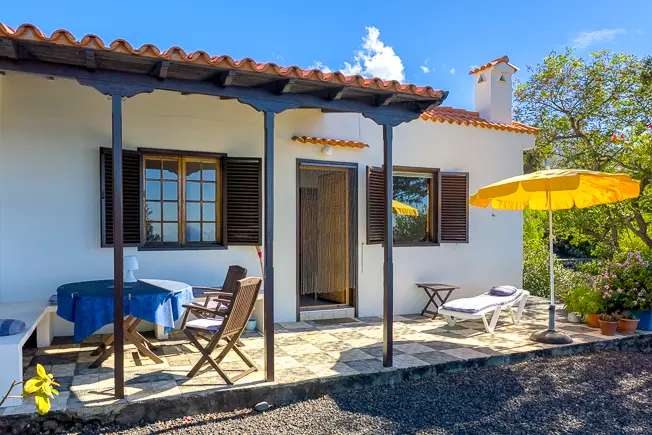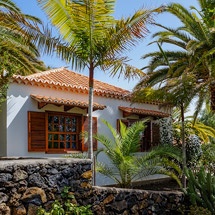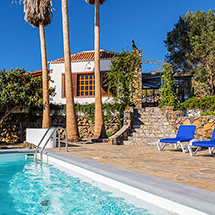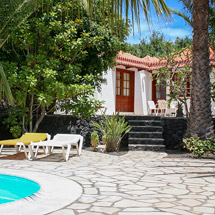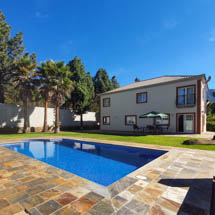Nature
The trade winds regularly carry clouds that moisten the laurel forests and pine forests on the east side. The Canary Islands Pine milks the clouds with its long, thin needles.
The Caldera de Taburiente, the heart of La Palma, is one of the largest erosion cauldrons in the world. Numerous springs rise in its interior, pines and other trees offer a lush green vegetation. The highest elevation of La Palma with 2.426 meters is the Roque de los Muchachos.
The north of La Palma is characterized by deep gorges (barrancos) and mountain streams. Here you can still experience wild nature while hiking. The southern tip, with its lava fields (malpaís - "bad land") offers a memorable contrast to this. On La Palma, there are different vegetation zones depending on the altitude: from the coastal vegetation (up to 500 meters) over the Laurel forest (500-1,200 meters) and the Fayal Brezal vegetation (1,000-1,500 meters) in the northeast to the pine forests (up to 2,000 meters) and alpine plant growth (from 2,000 meters onwards) on the slopes of Caldera.
Flora
Roughly 40 percent of La Palma is forested, with which La Palma has earned the nickname "Isla verde". Of the at least 700 plant species on La Palma, about 70 grow only here. The isolated location of the Canary Islands favours the development of such endemic species, however, numerous types introduced from abroad also thrive on La Palma. Nature conservation has also become a point of focus recently.
Characteristic for the mountainous north of La Palma are the dragon trees (dragos - actually a lily plant), the light forests of Canary Island Pines, the tree heath Brezo and the Gagel tree (Faya), which are often called "Fayal-Brezal" and grow in the immediate vicinity of the laurel forests, as well as the largest laurel forests of the Canary Islands.
The Canarian palm, purge plants like the Tabaiba, the cactus-like candelabra wolf milk or column euphorbia, the prickly pear (Opuntie), the Cistus rose, the pale yellow flowering Codeso shrub and thickleaf plants such as the roofer's root, all belong to the landscape of La Palma. The main cultivated plants are banana plantations, but also papayas, avocados, wine and almond trees (flowering in January/February). In addition to the more common fruit trees such as citrus trees, peaches, cherries, apricots or plums, there are exotic trees such as guava, pomegranate and medlar. Exotic are also trees and shrubs like Flamboyant, Jacaranda, Gummibaum, Indian laurel, Araukarie or Tulpenbaum.
On La Palma saomething is always something blooming in bright colours - hibiscus, bougainvillea, oleander, strelitzien, or poinsettias.







